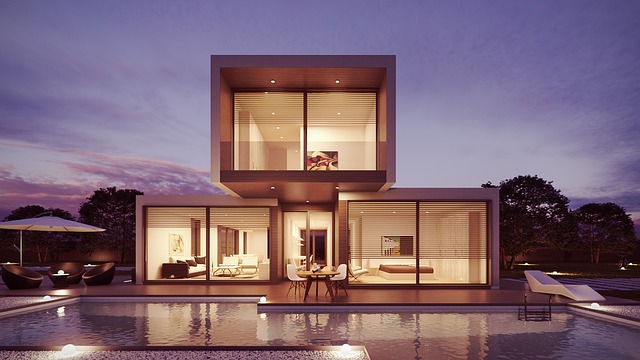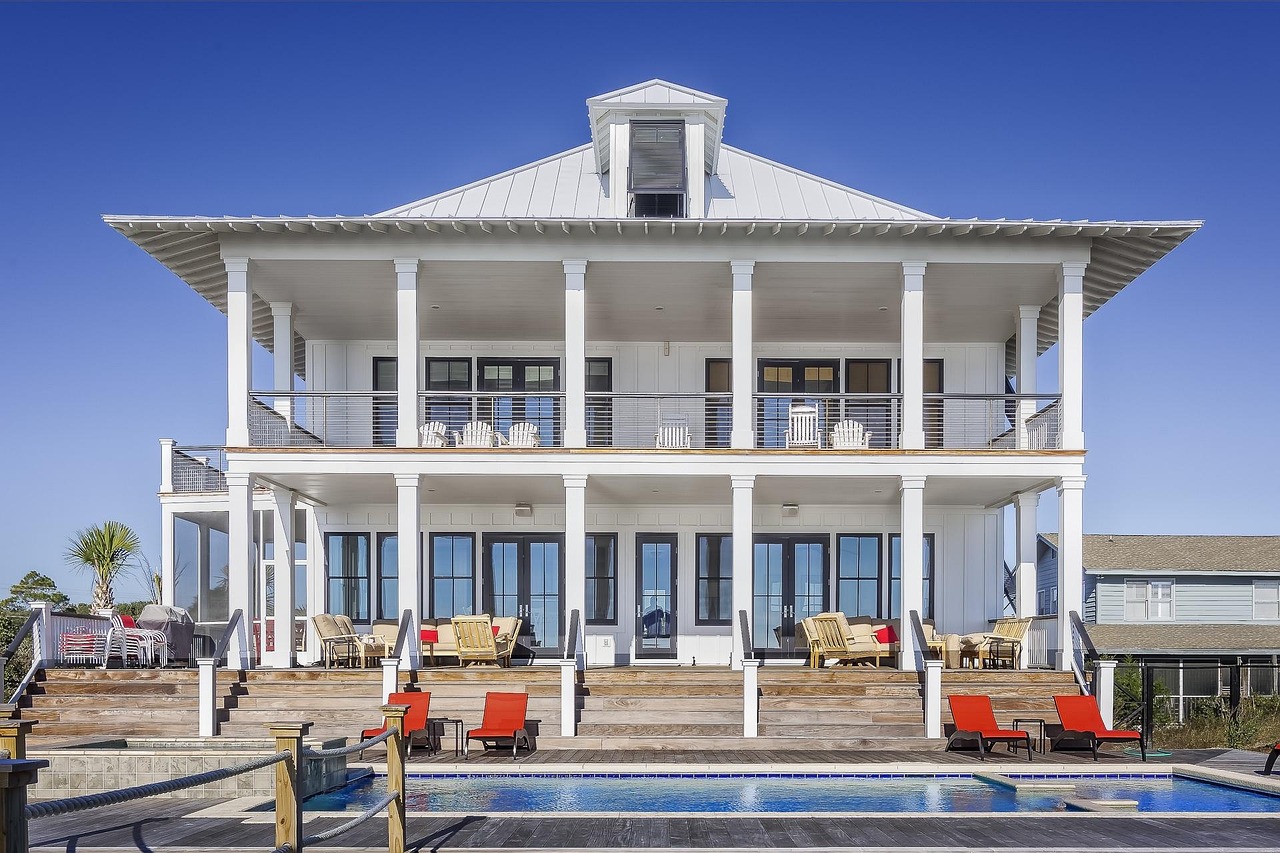Modern vs. Traditional House Design: Which Style Fits You Best?
Choosing a home style is about more than aesthetics. It’s about lifestyle, values, and function. Modern and traditional designs each offer clear strengths. Your decision should match how you live, what you value in space, and the look you want to come home to every day.
What Defines Modern House Design?
Modern design is all about simplicity. Clean lines, minimalism, and open floor plans are key. Large windows let in natural light. Materials like glass, steel, and concrete often dominate. Color schemes tend to stick with neutral tones like white, black, and gray. Furniture is usually sleek, low-profile, and functional. Décor is sparse but intentional. In short, everything has a purpose. There’s no room for clutter. This design style appeals to people who want a home that feels current, efficient, and fresh.
Understanding Traditional House Design
Traditional homes, on the other hand, focus on comfort, warmth, and detail. Expect to see crown molding, brick exteriors, wood floors, and formal layouts. Rooms are often separated by walls, creating cozy, distinct spaces for specific activities. The furniture tends to be heavier and more ornate. Warm colors and classic patterns are common. This style pulls from historical influences, blending them into timeless home layouts. It suits those who value character, craftsmanship, and a sense of heritage.
Layout and Functionality
Modern homes often use open-concept layouts. The kitchen flows into the dining and living areas. It’s designed to support social interaction and maximize usable space. This layout works well for people who entertain often or prefer a less compartmentalized environment. Traditional layouts divide spaces by function. There’s usually a clear separation between rooms like the kitchen, dining room, and living room. This can create a greater sense of privacy. If you prefer quiet, dedicated spaces, traditional design may suit you better.

Materials and Construction
In modern homes, materials are chosen for function as much as appearance. Steel beams, polished concrete, engineered wood, and energy-efficient glass are common. These materials reflect a focus on durability and sustainability. Many modern homes also use smart technology to control lighting, security, and temperature. Traditional homes lean on natural materials. Hardwood, stone, brick, and classic tile dominate. These choices often reflect regional architecture and time-tested building practices. You’ll find fewer digital integrations but more handcrafted finishes.
Curb Appeal and Exterior Features
Modern exteriors tend to look angular and geometric. Flat roofs, oversized windows, and monochromatic facades stand out. These homes make a bold statement with clean symmetry and often integrate into their surroundings through thoughtful landscaping. Traditional exteriors may feature pitched roofs, shutters, and detailed trim. They are designed to feel inviting, with balanced proportions and decorative accents. The result is a familiar, comforting presence on the street.
Customization and Flexibility
Both styles can be tailored. Modern homes offer flexibility in layout and are often easier to modify for accessibility or future tech upgrades. Their neutral palettes allow you to change the interior look without altering the architecture. Traditional homes can be equally flexible, though renovations may require more effort to match existing materials and styles. Still, they offer the utmost potential for personalization through art, color, and furnishings.
Cost Considerations
Costs vary based on materials and location, but generally, modern builds can be more expensive upfront due to specialized materials or energy-efficient features. However, they may reduce long-term costs through better insulation and smart home technology. Traditional homes may be less expensive to build, especially if using local materials and standard layouts. Maintenance could be higher in the long run, especially in older homes with aging systems or materials.
In Conclusion
The choice between modern and traditional comes down to priorities. Do you want something sleek and futuristic or warm and timeless? Are you drawn to open spaces or cozy rooms? Think about your daily routine, how you …

